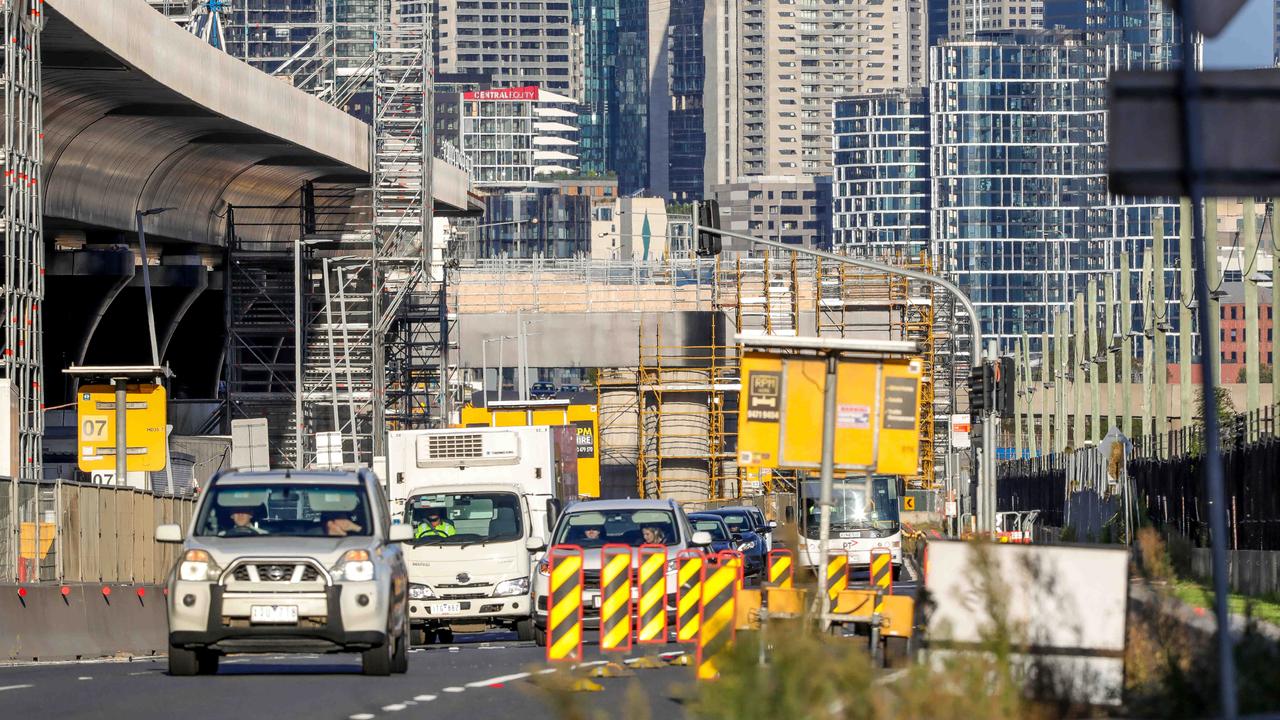Sun, surf and sober? Aussies head to offshore hot spots as ‘rehab tourism’ offers a new chance to clean up
Instead of chasing suntans, cheap cocktails and Instagram-worthy photo opportunities, more and more addicted Aussies are heading overseas to seek help sobering up. Rehabilitation tourism is becoming big business.
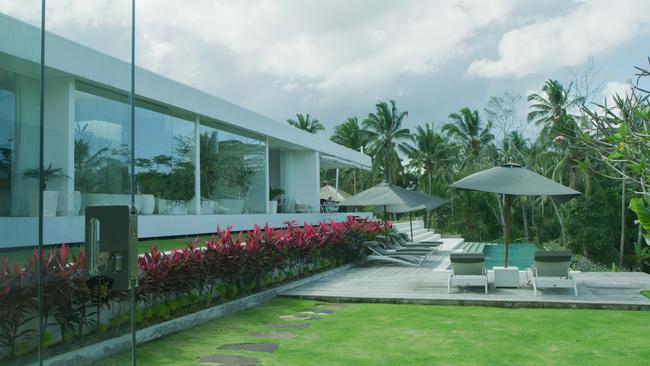
News
Don't miss out on the headlines from News . Followed categories will be added to My News.
Rather than chasing suntans, cheap cocktails and Instagram-worthy photo opportunities, an increasing number of Australians are travelling to tourist hot spots to get their lives back.
For those battling drug, alcohol and other life-consuming addictions, a stint in Bali, Thailand or a host of other luxury getaways might be the perfect medicine.
And while it may come at a cost of up to $30,000 for a three to four-week rehabilitation program, the equivalent treatment in a private Australian clinic could be far more expensive, prompting many middle-class addicts to look offshore.
Believing traditional domestic rehabilitation centres are not suited to clients who remain high-functioning despite their substance issues, Melbourne man Graeme Alford is the latest to focus on Asia, specifically Bali, in setting up his new 21-day rehabilitation program 21Renew.
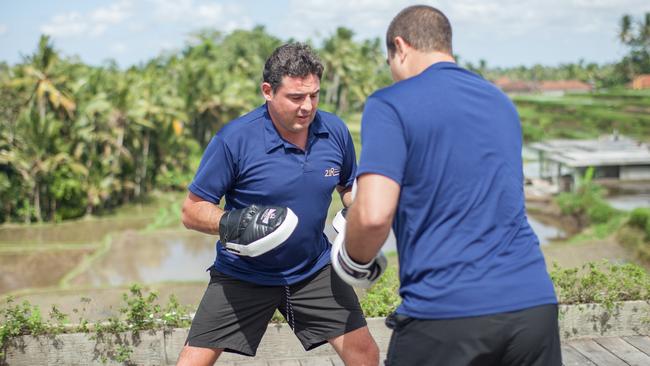
While the 4500km journey ensures increased confidentiality as well as a change in mindset, Alford says it’s Asia’s value for money that’s created the boom in “rehab tourism” there.
“There needs to be a paradigm shift in the Australian industry about how to treat these people and how to look after them. This one-size-fits-all approach is insane,” Alford says.
“We decided to do that in Bali because of the cost structure.
“The first week we spend an enormous amount of time getting them well physically. We get them in the pool, we get them massages, we give them yoga (and) you can do a lot there because of the cost structure.
“The whole 21 days is about getting people understanding whether they are addicted or they are not addicted, creating a plan for them. It’s a positive thing.”
While some private Australian clinics cost as little as $6000 a month, others surpass the $50,000 monthly charge asked by the world-famous Betty Ford Centre in the US.
By comparison, an average 28-day inpatient treatment stay in Thailand is about $10,000. But, like other forms of medical tourism, regulations governing rehabilitation centres overseas are much more relaxed than in Australia.
Not just a booming industry in Asia, rehab tourism is emerging in South Africa, Greece, the Czech Republic, Cyprus, Ireland, Spain, Hungary and Slovakia.
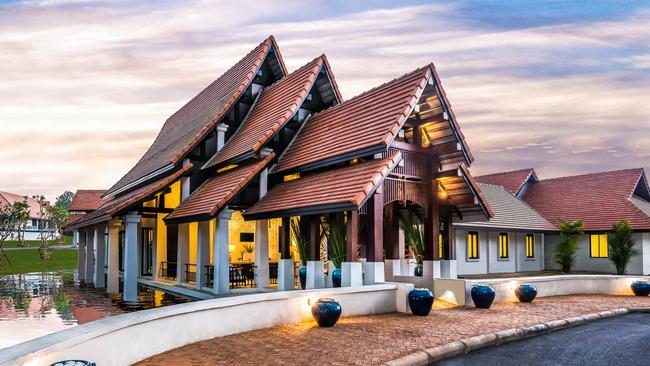
One of the most prominent and heavily marketed options in the market is The Cabin Chiang Mai, near the northern Thailand tourist hotspot, which has operated since 2009.
About a third of The Cabin’s clients are Australians, who spend about $16,000 for a 28-day program. However, clinical manager Josh Rosenthal says the comparatively cheaper rates in Asia meant most people stayed longer for greater benefit.
“A lot of people will see this as the higher end of rehab, but if you look in the US you will see one month of treatments is $40,000, and we do it for a third of the price,” Rosenthal says.
“And we do longer-term programs. In Australia most of the private facilities are 21
to 28-day programs, and that’s not a very long time, as well as being in a very sterile environment.
“We try to provide a recovery-conducive environment, where people don’t feel they are in a hospital.”
At the other end of the Asian rehab market is Thailand’s Wat Thamkrabok recovery centre, which is run by a unique order
of Buddhist monks and nuns, and offers free treatment.
But rather than western medicine and tourist pampering, the temple’s program involves a secret vomit-inducing herbal brew backed by a sacred vow to give away substances and go cold turkey. It means only those who are truly ready and willing to change will succeed.
As a successful lawyer in the ‘70s whose life crashed due to alcoholism and gambling, Alford knows addiction can hit anyone. He also knows the best and worst places to rehabilitate.
His own rehab took place during three stints in prison, the last of which was for armed robbery.

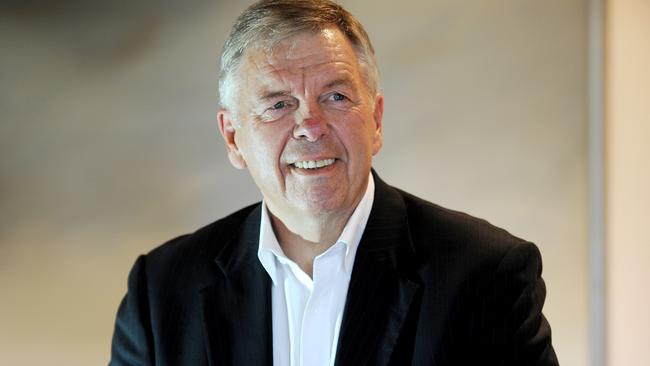
While that 12-step model of recovery remains the backbone of his 36 years of sobriety, it was also enough to make him frustrated by the rigid nature of Victoria’s rehabilitation services he says are more suited to those whose lives have fallen apart than clients still holding onto a job and family.
“They are all based on the same model. They may have slight variations, but they work on the basis that people come in, and it is then based on time,” Alford says.
“You might go in for 30, 60 or 90 days. They bring you in and you just basically do one day 30 times.”
Believing more could be offered offshore, Alford last year looked to Bali, where his vastly different 21Renew program has now seen 23 clients, including Melbourne Cup-winning jockey Greg Hall, who had been through five retreats previously for addictions, including alcoholism.
At a cost of $28,500 for a three-week stay as well as 60 days with a personal recovery coach and family coaching once back at home, it is a luxury option, but one that Alford believes is vital to some.
“I know from my experience in jail that when you get used to a routine, and you are then suddenly thrown into a life where there is not that structure, you get nervous and uptight and that’s a trigger to use again.
“So one of the things we do is not to have a planned schedule every day. I get people doing different things.
“When you get on a plane to go to a different country, you’re out of your comfort zone, and that’s one of the things we teach them — how to get out of your comfort zone and not be afraid.
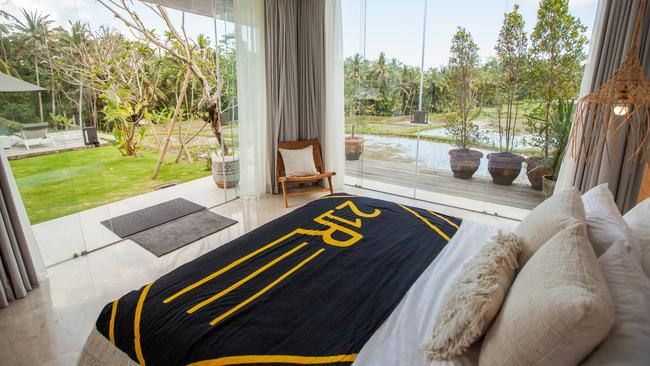
“The opportunity to walk out the door is greater if you take them to the country or take them interstate, so there is a definite advantage in removing them from where they live and taking them
to a place that is some distance away.
“With middle-aged professional people, they have a certain standing in the community, they have accumulated a bit of wealth and live in a good suburb … they can become very concerned about it getting out.”
A major bonus of being prepared to look further afield for help is avoiding the waiting lists that can be an issue at Victorian rehabilitation centres.
READ MORE:
SECRET LANGUAGE OF OUR CRIMINAL ANCESTORS
THE MUM’S GROUP YOU DON’T WANT TO BE PART OF
MELBOURNE’S ORIGINAL STYLE INFLUENCER
With such a competitive industry and massive complexes — The Cabin has 120 rooms — clinicians can often get patients onto a plane and into a bed within 48 hours.
“We prefer people to come in as
soon as possible because a lot of people who have addictions have denial, so once that window opens, the opportunity could be very small,” Rosenthal says.
“You get a lot of people from the US, from Australia and from the UK because they may have been to 10 different rehabs in their own country and need something different. Maybe this will work for them.
“The thing about rehab is that no matter how beautiful it is,
clients are going to be trying to not come in. We provide aesthetics so it looks really nice, but it’s the program that defines the company.”
grant.mcarthur
@news.com.au


